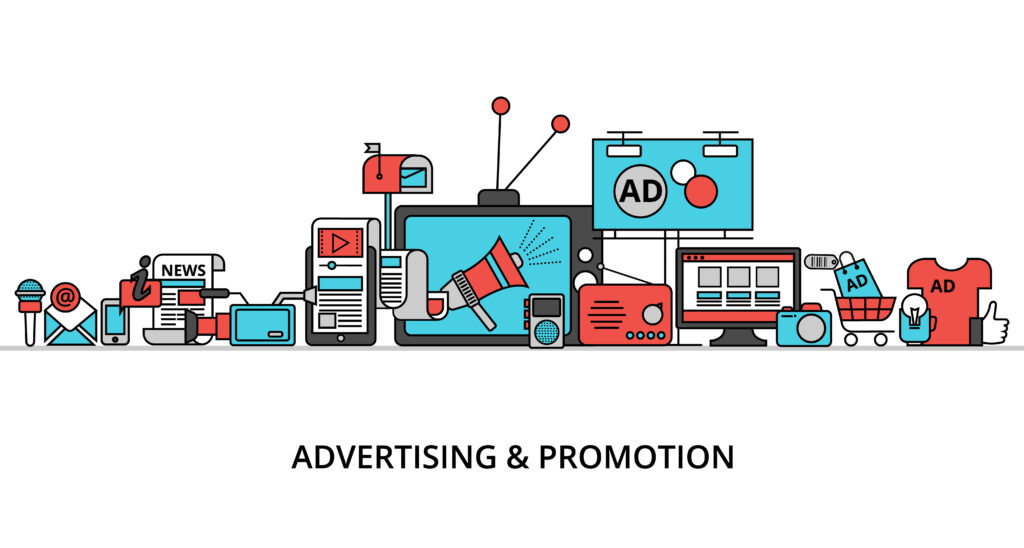Programmatic media buying is the use of automated technology for media buying. For those unaware of what the term media buying means, it is a term to describe the process of buying advertising space. Programmatic media buying is a new alternative to the traditional, manual techniques used in media buying, and it can speed up the process considerably. It can also make everything much more efficient.
Programmatic media buying and advertising has become one of the most popular ways of running an advertising campaign. In fact, according to Statista, as of 2022, there was $463 billion spent on programmatic media buying. The reason that this way of media buying and advertising has become so popular is that it streamlines the entire process and makes it so much more successful.
What are the main types of programmatic media buying?
Private marketplace (PMP)
This is also called a closed or private auction. These are similar to an auction, although there are restrictions on who can take part. Only selected companies and advertisers have access to PMPs and they are normally invite-only events. This said, there are times when publishers will allow advertisers to apply for an invitation themselves, depending on the situation.
In this type of auction, publishers normally use a premium ad inventory that they reserve only for certain advertisers. A lot of DSPs have their own PMPs that are accessible exclusively to themselves and their users.
Real-time bidding (RTB)
This is sometimes known as an open auction because it is open to any advertiser or publisher. Using this method, inventory prices are decided in real-time. It is often considered a cost-effective way of buying media and it reaches a large audience. It is also relatively easy to set up.
In RTB, the highest bidder will secure the slot. However, they don’t have to pay their bid amount to get the slot because it is a second-price auction, meaning that the highest bidder is only charged a fraction more than the second highest for the slot.
Also Read
Ad inventory is usually purchased during a real-time auction. By using programmatic channels, advertisers can buy per impression which enables them to accurately target their audience.
Preferred Deals
This is also known as spot buying. In preferred deals, advertisers pay a fixed price to choose the ad inventory that they want. This process takes place before the ad inventory is even made available on private marketplaces.
The advertiser gets to see the publisher’s ad inventory before anyone else but does not have to make any purchase. A DSP may help the advertiser choose whether or not to make that commitment.
Programmatic Direct
Also known as programmatic guaranteed. This is when a publisher doesn’t use any form of auction and sells media inventory at a fixed cost per mile (CPM) to an advertiser. The publisher and advertiser negotiate on a one-to-one basis.
What are the main components of this programmatic system?
Sell-side Platform (SSP)
This software allows a publisher to sell display, mobile and video advertising impressions to potential buyers in real-time. This process happens automatically and includes ad exchanges, networks and demand-side platforms. This gives a publisher great control over their CPMs and their inventory.
Demand-side platform (DSP)
This software allows agencies and advertisers to bid and buy advertising automatically on a cross-platform inventory. Demand-side platforms automate the decision-making process and make bids in real-time. This makes DSP advertising popular and very effective. Also, rather than buying inventory, advertisers are buying the ability to reach certain audiences based on the DSP’s targeting abilities.
And there you have it – everything beginners need to know when starting out with programmatic media buying and advertising.
